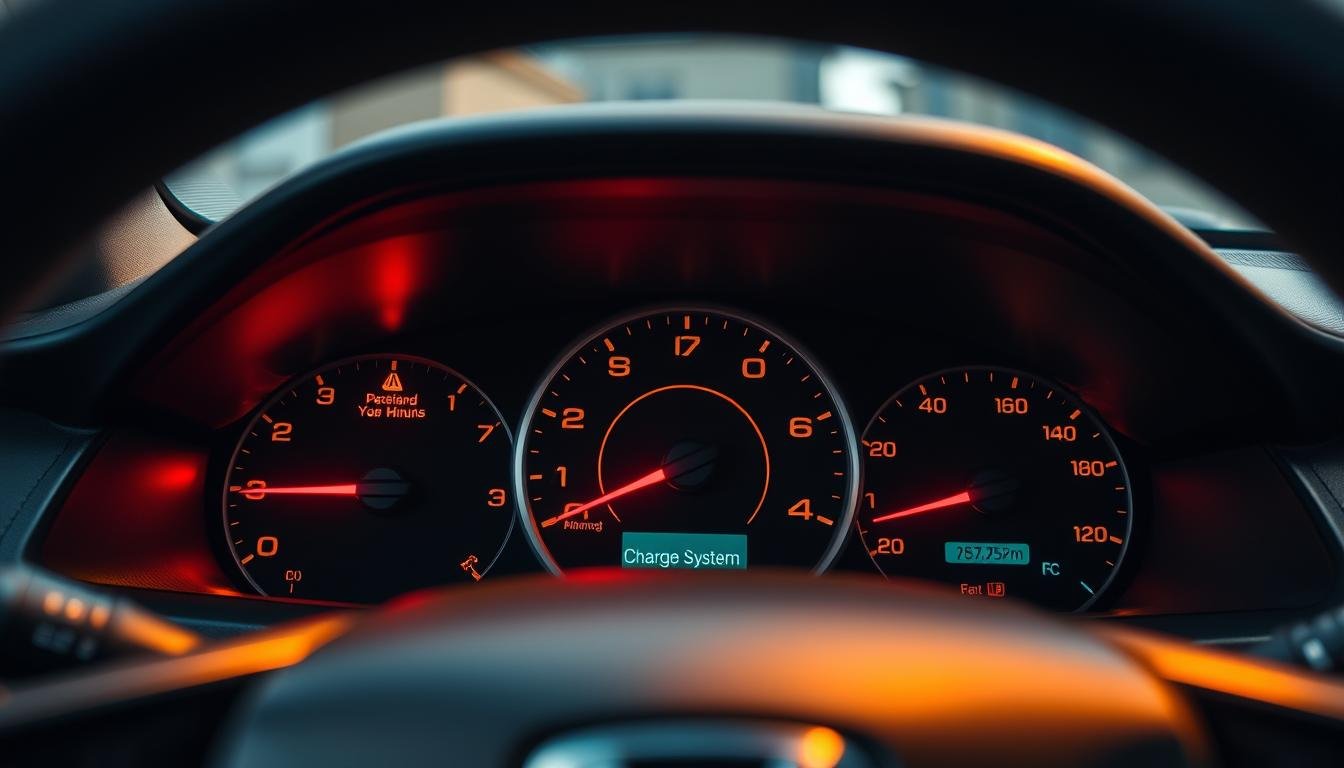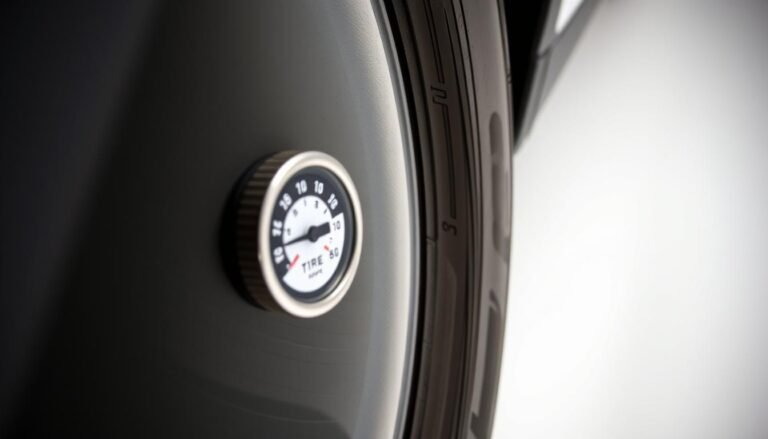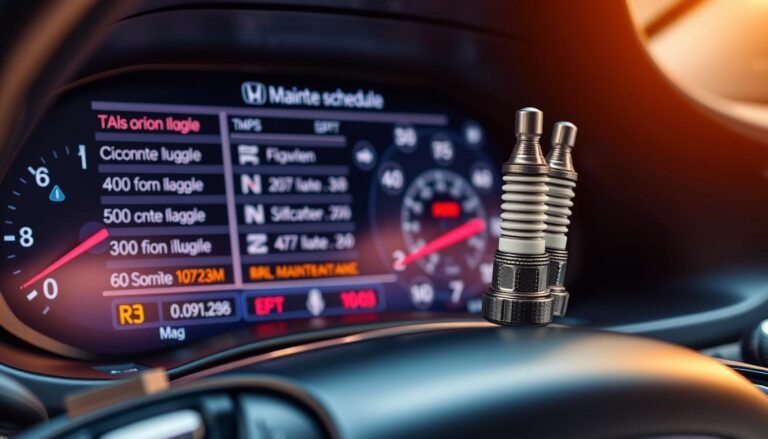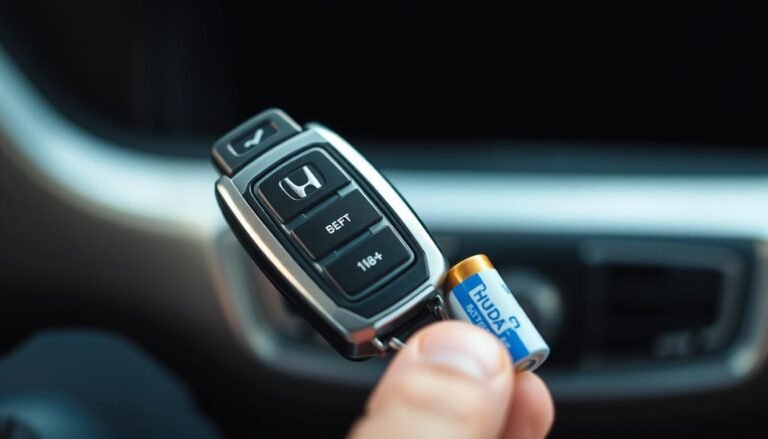Check Charge System Honda Accord: Best 7 Troubleshooting Tips
The “Check Charge System” alert in your Honda Accord is a warning about the charging system.
It means there may be a problem that needs quick attention to keep your car working well. Issues like a bad battery, alternator problems, or broken electrical connections can cause this alert.
Knowing why this warning comes on can prevent your car from breaking down and ensure it keeps running smoothly.
This guide will show you how to check your Honda Accord’s charging system. You’ll learn to check the battery, figure out if the alternator is working, and make sure all electrical connections are good.
Recognizing the issue early can help you avoid bigger problems later. We’ll go through important steps to fix the “Check Charge System” alert. This will help keep your Honda Accord in great shape.
What is The “Check Charge System” Alert?
The “Check Charge System” alert in your Honda Accord is a serious warning. It shows potential problems in the charging system.
This system is key for keeping the battery charged while you drive. If there’s an issue, your car might not start or it could lose power unexpectedly.
Don’t ignore this alert. Acting fast keeps your car’s electrical system in good shape. Ignoring it might lead to bigger problems, possibly leaving you stuck.
Make sure to check your Honda Accord’s electrical system when you see the “Check Charge System” warning.
Common Causes of Charging System Problems
Knowing why your Honda Accord’s charging system has issues makes fixing them easier. These issues can include:
- Battery Issues: Batteries typically last from 3 to 5 years. As they get older, they can’t hold a charge as well, leading to charging problems.
- Alternator Failures: The alternator turns mechanical energy into electrical energy. Dim lights or frequent battery failures suggest alternator problems.
- Electrical Connections: Bad or loose wiring can block electricity flow. Regular checks can spot Honda Accord charging issues early.
- Serpentine Belt Problems: This belt drives the alternator. Damage or wear can cause the battery to undercharge, so it’s important to check it regularly.
Tackling these common problems head-on helps keep your charging system in good shape. This way, you can enjoy smooth drives without unexpected issues.
Battery Issues in Honda Accord
Battery problems can really impact how your Honda Accord works. It’s crucial to spot the signs of a failing battery to dodge sudden car troubles.
A battery test for your Honda Accord can tell you if it’s in good shape and keep your car running well.
Signs of A Failing Battery
- Slow engine crank during startup
- Dim or flickering headlights
- Frequent need for jump-starts
- Dashboard warning lights, especially battery alerts
If you notice these signs, take action right away. Staying alert helps you fix problems before they get worse. Doing a battery test regularly tells you if your battery holds a charge well.
Importance of Battery Maintenance
Keeping your battery in good shape is vital for your car’s reliability. You should check your battery often to make sure it works right.
Here are some tips:
- Check battery terminals for dirt and corrosion
- Keep connections tight and secure
- Perform voltage checks regularly
- Clean terminals as needed to enhance charge efficiency
Following these tips will help your battery last longer and keep it working well. This way, your Honda Accord will run smoothly.
Diagnosing Alternator Failures
The alternator is key to keeping your Honda Accord’s charging system working well. If it starts to fail, you might see several signs that show its condition.
Doing a Honda Accord alternator test can help find problems early. This ensures your car stays reliable and well-charged.
Symptoms of Alternator Problems
Spotting alternator issues early can stop bigger problems later. Some common signs are:
- Unusual Noises: Grinding or whining sounds can show internal damage.
- Dimming Headlights: If your headlights get dimmer or brighter, it might be the alternator.
- Warning Lights: A warning light for the battery or charging system can mean alternator trouble.
- Frequent Engine Stalling: An engine that stutters or stalls might not be getting enough power from the alternator.
- Dead Battery: If the battery often fails, the alternator might be the reason.
By regularly checking and doing tests like the Honda Accord alternator test, you can notice these signs early. This keeps your car working right.
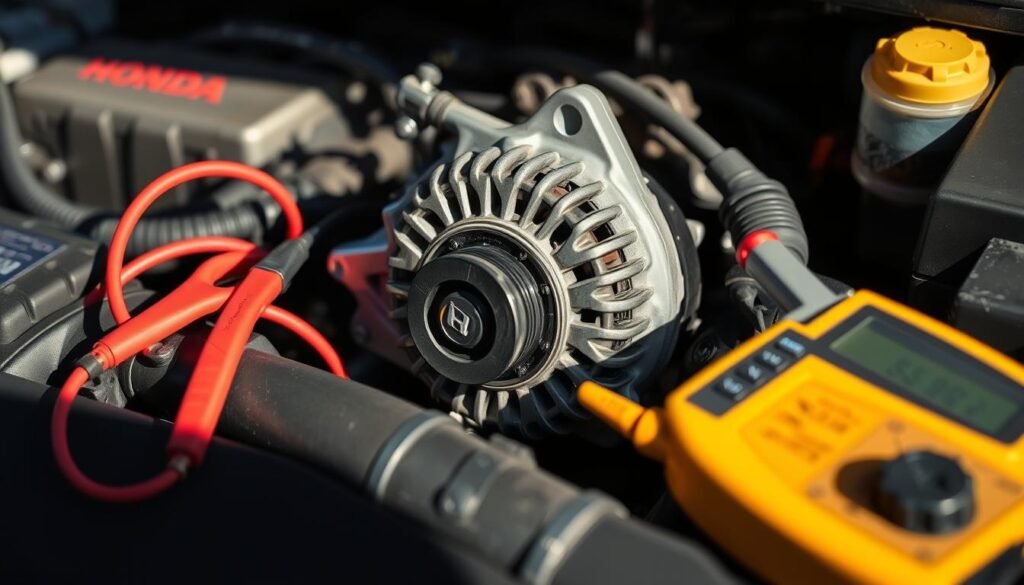
Importance of Electrical Connections
Checking your Honda Accord’s electrical system is key. Good electrical connections mean your car will charge well and run smoothly.
If these connections are bad, your car could have many electrical problems. This can affect its ability to start or power important systems.
Checking For Corrosion and Loose Connections
Corrosion can really slow down electricity, hurting your car’s performance. To keep the charging strong, look at these areas:
- Battery terminals for signs of corrosion
- Ground connections to ensure they are secure
- Wiring harnesses for wear and secure attachments
Checking these things often can save you from expensive fixes. It keeps your Honda Accord ready to go. Clean and tight connections help keep your car’s electrical system strong.
Serpentine Belt Problems
The serpentine belt is crucial for your Honda Accord’s charging system. It links components like the alternator, important for making electrical power. Knowing when it’s wearing out helps avoid further issues.
Signs of A Worn-out Serpentine Belt
There are several signs that your serpentine belt is wearing out:
- Squeaking Noises: Odd sounds, especially at engine start, hint at the belt weakening.
- Cracks or Fraying: If you see cracks or frays, the belt might soon break.
- Glazing: A glossy belt surface means it’s wearing out, leading to less grip on pulleys and possible charging problems.
How To Inspect The Serpentine Belt
Checking the serpentine belt regularly ensures your Honda Accord charges right. Here’s how to inspect the belt:
- Look at the belt for any cracks, frays, or shiny areas.
- Make sure the belt is tight and lines up with its pulleys correctly.
- Spot any wear to fix issues early and avoid charging system failures.
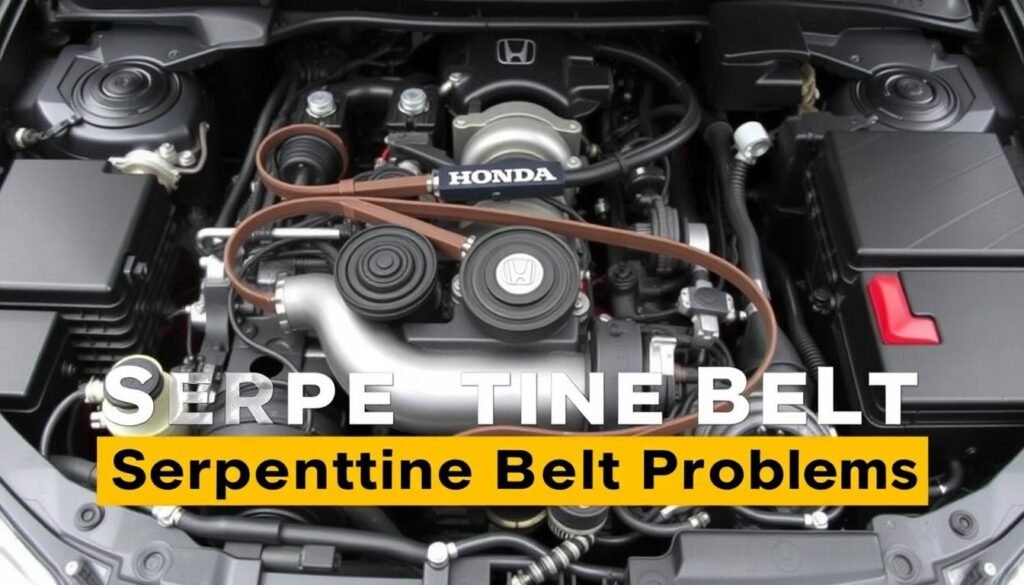
Can I Drive with A Charging System Warning Light?
Driving with the charging system warning light on is risky. Even if your Honda Accord seems okay, problems could get worse.
The light warns of potential battery or alternator failures. Ignoring it might make your vehicle suddenly lose power, leaving you stranded with high repair costs.
Before deciding to drive, think about a few things. The warning light shows there might be an electrical issue.
If your car has had problems like dim lights or weird sounds, driving might not be safe. You could drive to a service station, but understand the risks first.
- The warning light indicates an issue that may affect the vehicle’s electrical system.
- Assess recent performance; if your car has exhibited symptoms like dimming lights or strange noises, driving may not be advisable.
- A temporary drive to a service station might be possible, but confirm the risks associated with continued use.
Getting a timely Honda Accord charging system check is very important. It helps keep you and your vehicle safe.
Acting quickly can stop the problem from getting bigger, saving you time and money.
How To Fix “Check Charge System” in A Honda Accord
When you see the “Check Charge System” alert in your Honda Accord, it’s key to act fast.
Start with some basic checks to find any issues. This can help you fix problems early and save hassle.
Steps For Preliminary Checks
Here’s how to check your Honda Accord’s charging system:
- Inspect Battery Terminals: Look for corrosion. Make sure everything’s tight.
- Check Serpentine Belt: It should be in good shape and tight. A bad belt affects performance.
- Examine Alternator Connections: Loose or damaged wires? They could be a problem.
Considering Professional Diagnosis
If doing these checks doesn’t find the issue, see a mechanic. They’ll look at your battery, alternator, and more. This can find what needs fixing or replacing.
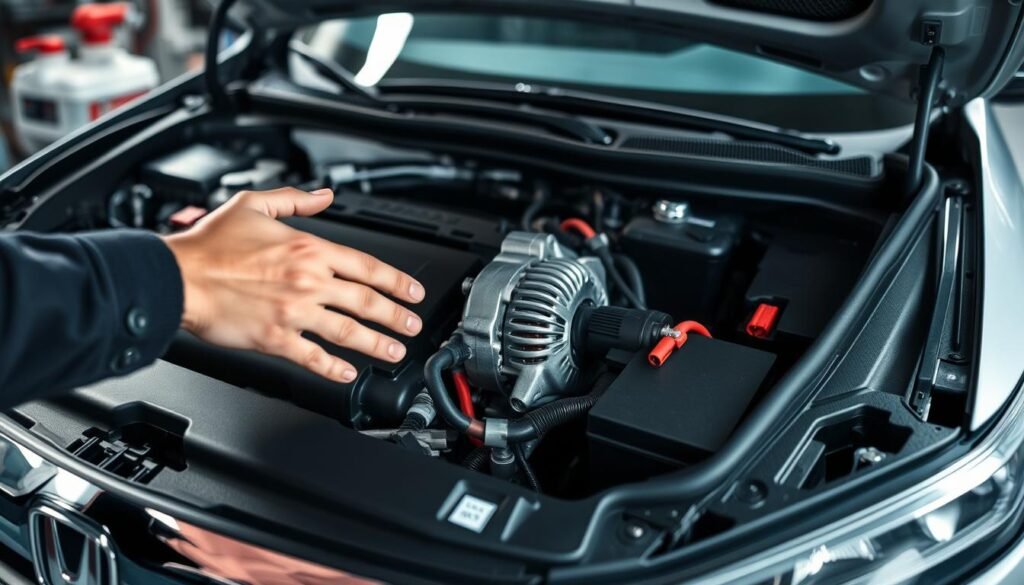
Does Insurance Cover Charging System Problems?
It’s important to know if your insurance will cover charging system problems in a Honda Accord. Usually, auto insurance doesn’t cover mechanical failures.
These are seen unless an accident causes them. If you’re figuring out a charging problem, knowing if your insurance helps is key.
Some folks get Mechanical Breakdown Insurance (MBI). This can cover things like your alternator breaking or battery issues.
But, what MBI covers exactly depends on your own policy. So, it’s very important to read your policy well. You need to know what kinds of problems it will cover.
Think about these points when checking your coverage:
- Look for what your policy doesn’t cover.
- See if mechanical breakdowns are covered by extra insurance.
- Call your insurance provider to understand exactly what is covered.
Knowing your insurance coverage helps you plan for charging system issues. Finding out the problem’s source and your insurance options is key. This helps a lot in keeping your Honda Accord running well.
Check Charge System Honda Accord – Key Steps For Troubleshooting
Troubleshooting the charging system in your Honda Accord requires careful attention.
Using the correct tools and noticing early signs can prevent big repair costs. This guide will help you test your Honda Accord’s charging system and spot warning signs.
Using A Multimeter For Testing
For any issues with your Honda Accord’s charging system, a multimeter is crucial. Here’s how to use it correctly:
- Start your engine and let it warm up.
- Switch the multimeter to measure DC voltage.
- Connect the multimeter’s positive lead to the battery’s positive end. Then, attach the negative lead to the battery’s negative end.
- Check the voltage reading; it should be between 13.8 and 14.2 volts during engine operation.
- If the voltage is not within this range, you should investigate more to find any charging system problems.
Recognizing Other Warning Signs
Stay alert for other signs besides the “Check Charge System” message. They may include:
- Battery warning lights appearing on your dashboard.
- Weird noises from the engine that might mean alternator issues.
- Electrical problems like dimming headlights or gadgets not working.
Spotting these issues early can help you fix them quickly, saving you both time and money.
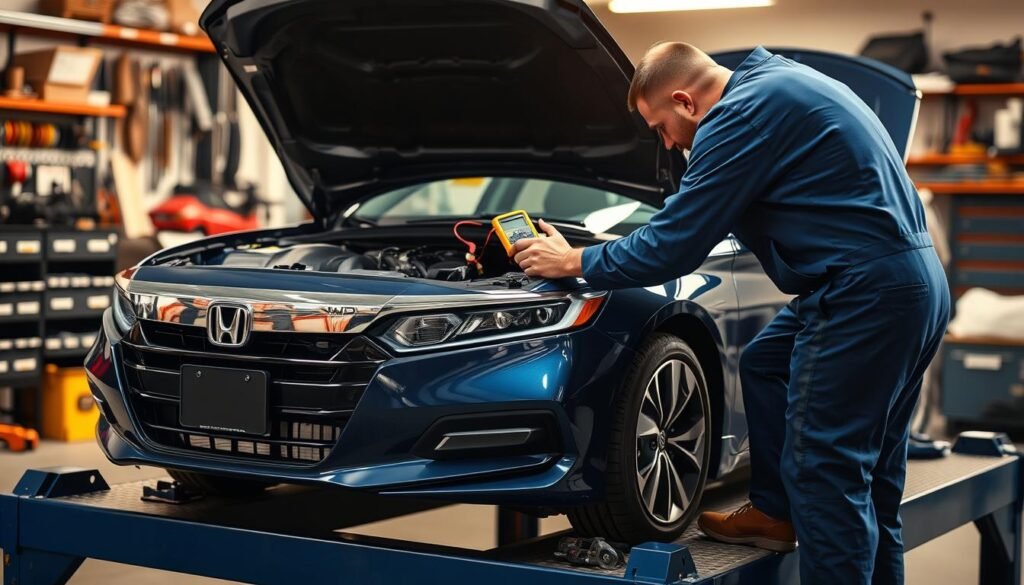
| Voltage Range (V) | Condition |
|---|---|
| 13.8 – 14.2 | Normal Charging Status |
| Below 13.8 | Poor Charging Output |
| Above 14.2 | Potential Overcharging |
Preventative Measures For Charging System Health
Keeping your Honda Accord’s charging system healthy is key for its reliable performance. A detailed check of the Honda Accord’s electrical system can stop future problems.
Start with a maintenance plan that includes checking the battery, alternator, and serpentine belt regularly.
Cleaning battery terminals often ensures a good connection and stops corrosion. Making sure all electrical connections are tight and secure is also key for the system to work well.
Watching the serpentine belt for wear helps your charging system last longer.
By taking these steps, you can spot issues early and avoid sudden breakdowns. This leads to better reliability and performance of your car.
Conclusion
The “Check Charge System” alert in your Honda Accord is a call for immediate attention. If ignored, you could end up stranded or face expensive repairs.
Knowing the key parts of the charging system and spotting early warning signs are vital.
By following the steps in this guide, you can handle charging problems early on. It’s important to routinely check and care for your electrical system.
Watching for wear and tear can help keep your car working well. Knowledge is your best defense in keeping your car in top shape.
With regular care for your Honda Accord’s charging system, you’ll have a smooth ride. Stay ahead of problems, and your car will be reliable for many adventures ahead.
FAQs
Q: What does the “Check Charge System” alert mean in my Honda Accord?
A: The “Check Charge System” alert means there might be a problem with your car’s charging system. This includes the battery, alternator, or wires. It’s a heads-up to fix these parts quickly to prevent your car from breaking down.
Q: How can I troubleshoot a charging issue in my Honda Accord?
A: Begin by looking at the battery terminals for any corrosion. Then, see if the serpentine belt is worn out. Also, check the alternator’s wires to make sure they’re not loose or damaged. If you can’t find the issue, it’s smart to get a mechanic’s help.
Q: How do I test my Honda Accord’s battery?
A: Test the battery’s charge with a multimeter. You should see readings from 13.8-14.2 volts when the engine is on. If the numbers don’t match, you need to look further into it.
Q: What are common symptoms of a failing alternator in a Honda Accord?
A: A bad alternator can cause your headlights to dim, make strange noises, and lead to frequent battery breakdowns. Watching out for these signs can help you spot trouble with the alternator early on.
Q: How often should I check the serpentine belt in my Honda Accord?
A: You should examine the serpentine belt regularly. Look for any fraying, cracks, or signs of wear every six months or during your car’s usual check-ups. This helps you avoid charging problems.
Q: Is it safe to drive with the “Check Charge System” light on?
A: No, driving with the “Check Charge System” light on is not safe. Ignoring this alert can worsen the problem and might even leave you stuck on the road.
Q: What maintenance steps can I take to ensure the health of my charging system?
A: Keep the battery terminals clean and connections tight. Also, look over the alternator and the serpentine belt’s state. Doing these checks regularly can help you dodge major issues with your car’s charging system.

